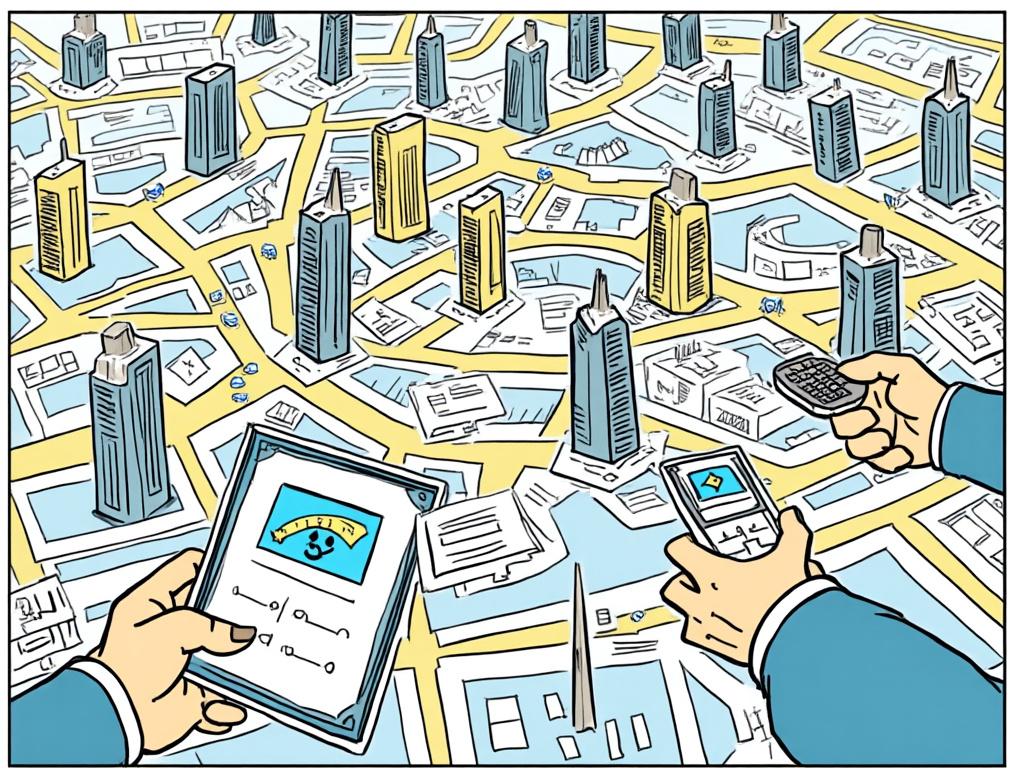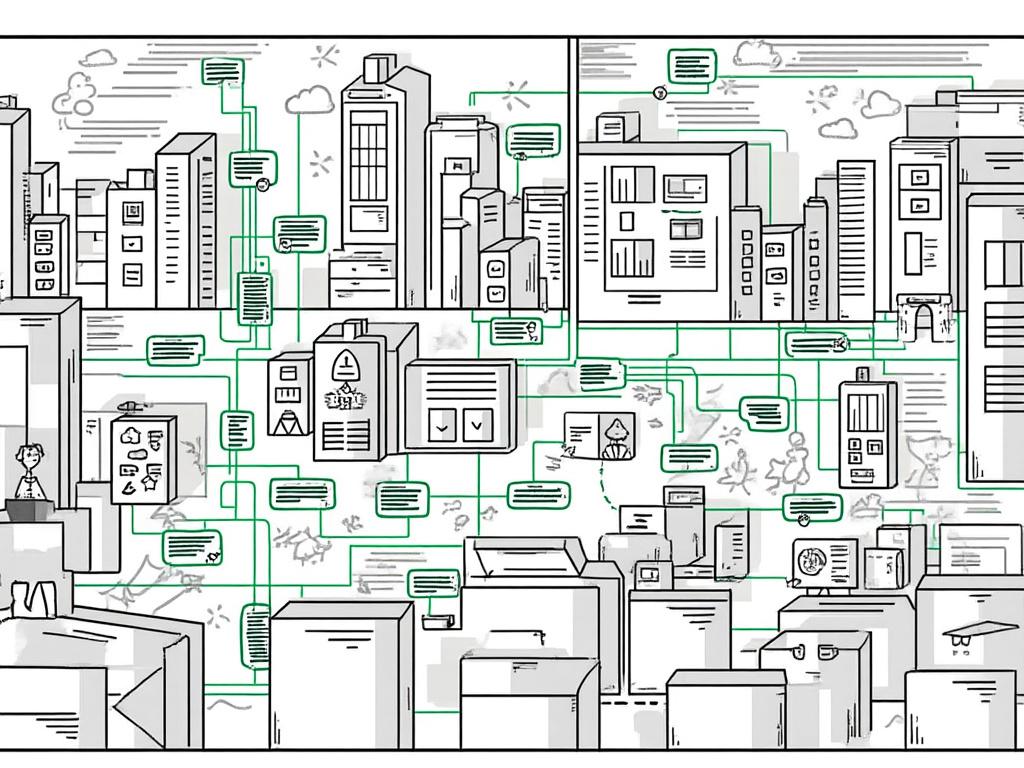
UAE Maps: Navigating the Emirates Like a Local Expert
Reading time: 8 minutes
Ever found yourself standing in Dubai Marina, phone in hand, completely bewildered by the maze of streets that seem to defy logic? You’re not alone. The UAE’s rapid urban development has created a fascinating but complex navigation landscape that challenges even the most seasoned travelers and residents.
Table of Contents
- Understanding UAE’s Unique Geography
- Digital Navigation Tools and Apps
- Physical Landmarks and Traditional Navigation
- Emirate-Specific Navigation Challenges
- Professional Navigation Solutions
- Your Navigation Mastery Roadmap
- Frequently Asked Questions
Understanding UAE’s Unique Geography
Well, here’s the straight talk: Navigating the UAE isn’t just about following blue dots on your phone—it’s about understanding a country that transformed from desert outposts to global metropolises in mere decades.
The UAE presents unique navigation challenges that stem from its rapid development. Traditional street naming conventions often clash with modern GPS systems, creating what navigation experts call “digital-physical disconnect.” Consider this scenario: You’re trying to reach a meeting in Abu Dhabi’s business district, but your GPS shows three different routes to the same building number on the same street name.
The Seven Emirates: A Navigation Overview
Each emirate has developed its own geographical personality:
- Dubai: Grid-like in newer areas, chaotic in older districts
- Abu Dhabi: Planned city structure with numbered streets
- Sharjah: Organic growth pattern following historical trade routes
- Ajman: Compact coastal layout with industrial zones
- Fujairah: Mountain-coastal hybrid requiring elevation awareness
- Ras Al Khaimah: Linear development along the Arabian Gulf
- Umm Al Quwain: Traditional fishing village expanded into modern city
Navigation Statistics That Matter
UAE Navigation App Usage Comparison
Based on 2024 user preference surveys across all seven emirates
Digital Navigation Tools and Apps
Quick Scenario: Imagine you’re a business executive with back-to-back meetings across Dubai and Abu Dhabi. Which navigation approach maximizes your success rate while minimizing stress?
The answer isn’t as straightforward as downloading the most popular app. Successful UAE navigation requires a multi-platform strategy that accounts for real-time traffic patterns, construction updates, and cultural navigation preferences.
Platform-Specific Advantages
| Navigation Platform | Best For | UAE-Specific Strength | Accuracy Rating |
|---|---|---|---|
| Google Maps | Overall navigation | Comprehensive POI database | 8.5/10 |
| Waze | Traffic avoidance | Real-time construction alerts | 9.2/10 |
| Apple Maps | iOS integration | Mall interior mapping | 7.8/10 |
| HERE WeGo | Offline navigation | Desert area coverage | 8.1/10 |
| Careem/Uber | Ride-hailing navigation | Local driver knowledge | 8.7/10 |
Pro Navigation Strategies
Dr. Sarah Al-Mansouri, urban planning expert at American University of Sharjah, explains: “The key to UAE navigation success is understanding that digital tools are most effective when combined with local knowledge patterns. The country’s infrastructure changes so rapidly that even the best apps lag behind reality by 2-3 months.”
The Multi-App Approach:
- Primary: Use Waze for daily commuting and traffic-heavy routes
- Secondary: Keep Google Maps as backup for POI searches
- Offline: Download HERE WeGo maps for areas with poor connectivity
- Verification: Cross-reference with local ride-hailing apps for accuracy
Physical Landmarks and Traditional Navigation
Ready to transform complexity into competitive advantage? Here’s something most navigation guides won’t tell you: UAE’s most reliable navigation markers aren’t streets—they’re landmarks.
The UAE’s address system often relies on landmark-based directions, a holdover from Bedouin navigation traditions adapted for modern urban planning. Understanding this cultural approach can dramatically improve your navigation success rate.
Landmark Navigation Hierarchy
Tier 1 Landmarks (Visible from 5+ km):
- Burj Khalifa (Dubai)
- Emirates Palace (Abu Dhabi)
- Jebel Jais Mountain (Ras Al Khaimah)
- King Faisal Mosque (Sharjah)
Tier 2 Landmarks (District-level orientation):
- Major shopping malls (Dubai Mall, Mall of the Emirates)
- Government buildings (Emirates Towers, ADNOC Headquarters)
- Cultural sites (Gold Souk, Fish Market)
Case Study: The Dubai Marina Navigation Challenge
Consider this real scenario: John, a British expat, needed to reach a client meeting in Dubai Marina. His GPS indicated “Dubai Marina Mall” but there are actually multiple entrances across different levels, plus the adjacent Marina Walk has similar-sounding addresses.
Traditional approach: Follow GPS blindly, arrive confused
Landmark approach: Use Marina Walk promenade as primary landmark, identify specific tower (Marina 101, Cayan Tower), then navigate to ground level
Result: 15-minute reduction in arrival time, zero confusion
Emirate-Specific Navigation Challenges
Each emirate presents unique navigation challenges that require tailored approaches. Let’s dive deep and turn potential challenges into strategic opportunities.
Dubai: The Multi-Zone Metropolis
Challenge: Rapid development creates “navigation lag”—new routes appear faster than map updates.
Solution: Focus on major arteries (Sheikh Zayed Road, Al Khail Road) as reference points.
Dubai Navigation Essentials:
- Metro stations as reliable waypoints
- Free Zone boundaries require different navigation logic
- Beach Road vs. inland routes for parallel routing
Abu Dhabi: The Planned Capital
Advantage: Systematic street numbering system
Challenge: Visitors often confused by grid-based addresses
Pro Tip: The right preparation isn’t just about avoiding problems—it’s about creating scalable, resilient navigation foundations.
Abu Dhabi Grid System Mastery:
- Understand the numeric street system (1st Street, 2nd Street)
- Use Corniche as primary coastal reference
- Island connections require bridge awareness
Northern Emirates: Traditional Meets Modern
Sharjah, Ajman, Fujairah, Ras Al Khaimah, and Umm Al Quwain each maintain distinct navigation personalities:
- Sharjah: Cultural district requires walking navigation skills
- Fujairah: Mountain routes need elevation-aware planning
- RAK: Industrial vs. tourism zones require zone-specific approaches
Professional Navigation Solutions
For business professionals and frequent travelers, standard navigation apps often fall short of enterprise-level requirements. Understanding professional-grade solutions can provide significant competitive advantages.
Corporate Navigation Strategies
Fleet Management Integration:
- Real-time vehicle tracking across emirates
- Route optimization for multi-stop business trips
- Fuel efficiency calculations for cost management
Executive Travel Optimization:
- Pre-planned route alternatives for VIP movements
- Integration with UAE traffic authority systems
- Emergency route protocols for security situations
Technology Integration Opportunities
The UAE’s smart city initiatives create unique navigation enhancement opportunities:
- AI-powered traffic prediction using Dubai’s RTA data feeds
- Weather integration for sandstorm and rain adjustments
- Event-based routing around major conferences and exhibitions
Your Navigation Mastery Roadmap
Transform your UAE navigation from frustrating guesswork into strategic advantage with this practical implementation roadmap:
Immediate Actions (This Week)
- Install Multi-App Setup: Download Waze, Google Maps, and one offline solution
- Learn Your Base Landmarks: Identify 5 major landmarks in your primary emirate
- Test Route Variations: Practice 3 different routes to your most frequent destination
Short-Term Mastery (Next Month)
- Explore Cross-Emirate Routes: Plan and execute trips connecting different emirates
- Build Local Knowledge Network: Connect with colleagues for crowd-sourced navigation insights
- Document Personal Navigation Notes: Create your own landmark reference system
Long-Term Strategic Navigation (Next Quarter)
- Develop Weather-Aware Routing: Learn seasonal navigation adjustments
- Master Professional Navigation Tools: Investigate enterprise solutions if applicable
- Stay Current with Infrastructure Changes: Follow UAE development news for navigation impacts
The UAE’s navigation landscape will continue evolving as rapidly as its skyline. By building adaptable navigation skills rather than relying solely on technology, you’re positioning yourself for sustained success in one of the world’s most dynamic regions.
What’s your biggest navigation challenge in the UAE, and how will you apply these strategies to transform it into your competitive advantage?
Frequently Asked Questions
Which navigation app works best for UAE newcomers?
For newcomers, start with Google Maps as your primary app due to its comprehensive point-of-interest database and familiar interface. Supplement with Waze for traffic-heavy routes and download HERE WeGo for offline backup. The key is using multiple apps rather than relying on just one, as each has strengths in different UAE navigation scenarios.
How do I navigate Dubai’s complex mall and tower addresses?
Dubai’s vertical development creates address confusion. Use the landmark-first approach: identify the major landmark (like Dubai Mall or specific tower name), then navigate to the building complex. Once there, use building-specific navigation (elevator banks, parking levels) rather than street addresses. Most major destinations have multiple access points, so confirm the specific entrance with your contact beforehand.
What should I do when GPS fails in remote UAE areas?
Remote area navigation requires offline preparation and traditional skills. Download offline maps before traveling, carry physical backup maps, and learn basic desert navigation using major landmarks like mountains or highway markers. Always inform someone of your route and expected arrival time. Consider renting or purchasing a satellite communication device for extended remote travel, especially in mountainous areas of Fujairah or deep desert regions.

Article reviewed by Rafael Costa, Emerging Markets Expert | High-Growth Opportunities, on June 4, 2025





